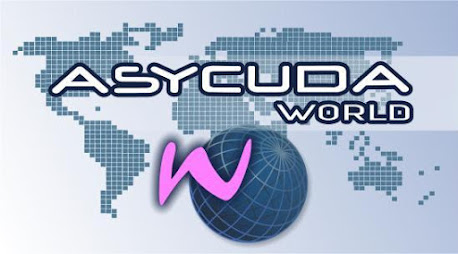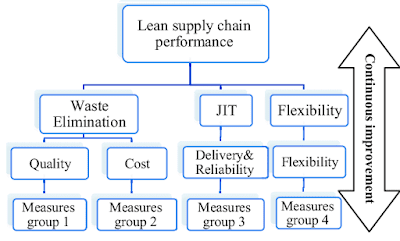Demand variability: 4 action steps to take in a time of crisis

Demand variability: 4 actions steps to take in a time of crisis 1. Maintain transparent, proactive relationships with your suppliers. Ensure your key suppliers have full visibility in your projected demand, preferably in real-time, to secure inventory for building safety stocks. Having good visibility of both demand and supply enables an organization to manage demand signals more accurately, respond to customer requests faster, and smooth the effects of demand variation. 2. Activate alternate sources of supply If you have multi-sourced key inputs, move quickly to activate secondary supplier relationships and secure additional critical inventory and capacity. Explore potential opportunities to establish shared resource pools for raw materials inventory. 3. Reduce lead times Long lead times increase the probability of a bullwhip effect, so find ways to reduce lead time from sources of supply. It also allows you to react quickly to changing demand. 4. Update inventor...





